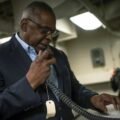

Welcome to this week’s installment of The Intelligence Brief… yesterday, members of a NASA independent study team that are conducting an evaluation of unidentified anomalous phenomena (UAP) convened for their first public meeting. In our analysis this week, we’ll be looking at 1) the purpose of the independent study group’s gathering on Wednesday, 2) why NASA says some members have been subject to harassment, 3) the team’s desire for better data, 4) AARO’s involvement and its growing cache of UAP reports, and 4) the fact that there is presently still no evidence of ET, but how NASA says the study of UAP could benefit from NASA’s search for extraterrestrials.
Quote of the Week
“Just as there are those who accept every UFO report at face value, there are also those who dismiss the idea of alien visitation out of hand and with great passion. It is, they say, unnecessary to examine the evidence, and ‘unscientific’ even to contemplate the issue.”
– Carl Sagan
Latest Stories: Some of the stories we’re covering this week at The Debrief include a new warning about the potential dangers artificial intelligence (AI) may represent for humankind in the years ahead was voiced on Tuesday by leading scientists and tech industry experts. Elsewhere, a new study offers promising findings on binaural beats that could profoundly affect human brain function and induce states of relaxation. As always, you can get links to all our latest stories at the end of this week’s newsletter.
Podcasts: This week in podcasts from The Debrief, MJ Banias and Stephanie Gerk discuss a new study concerning LSD’s positive effects on the learning process, Australia’s latest project to develop a laser gun that can stop a tank, and a preliminary study into what happens to consciousness in the human brain during death in the latest installment of The Debrief Weekly Report. Meanwhile, this week on The Micah Hanks Program, we look at an electronic intelligence case involving UAP observed by the crew aboard an RB-47 in the late 1950s that some researchers believe could offer calibrated scientific evidence of UAP. You can subscribe to all of The Debrief’s podcasts, including audio editions of Rebelliously Curious, by heading over to our Podcasts Page.
Video News: Recently on Rebelliously Curious, Chrissy Newton talked with Daniel Sheehan, a lawyer specializing in constitutional and public interest matters who discusses the activities of alleged UAP whistleblowers and shares his insights on Sean Kirkpatrick’s recent hearing and involvement within AARO. Also, if you missed the first installment of our all-new series “Ask Dr. Chance,” be sure to check out the first episode, and episode two airing in the weeks ahead. You can also watch past episodes and other great content from The Debrief on our official YouTube Channel.
With that all behind us, it’s time to take a look at what the team members of NASA’s independent UAP study had to say yesterday about some of the challenges they have been met with since launching their study and, of course, their progress toward unraveling the mystery of unidentified anomalous phenomena.
NASA’s Unidentified Anomalous Phenomena Study Team Convenes
Yesterday, the public got its first look at the work being conducted by a NASA independent study team that is examining the ongoing mystery of unidentified anomalous phenomena.
According to NASA, UAP can be defined as “observations of events in the sky that cannot be identified as aircraft or known natural phenomena from a scientific perspective.”
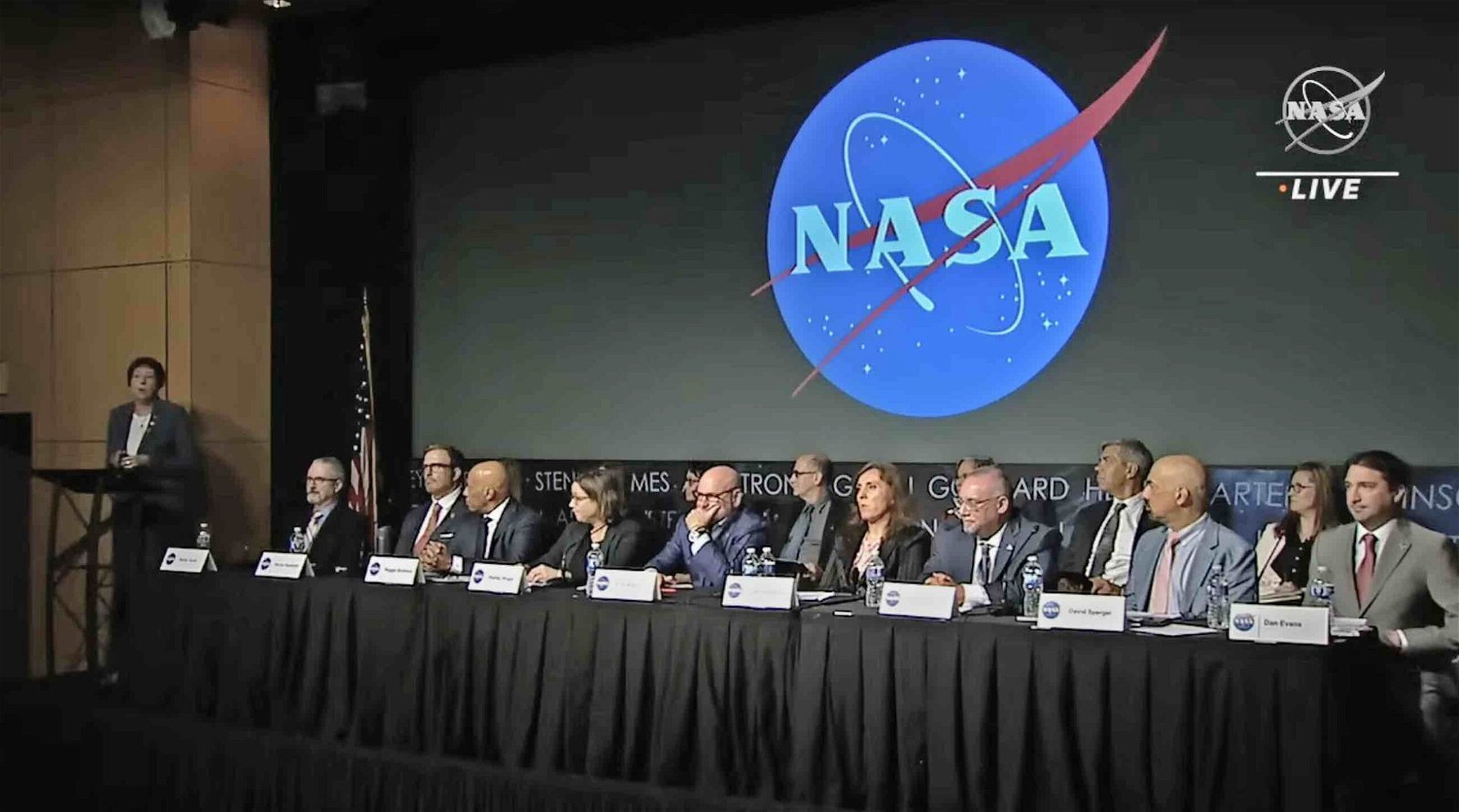

With a report on its findings due by the end of July, the team held its first public briefing on its current efforts to categorize and evaluate data related to unidentified anomalous phenomena, or UAP, in a meeting that included participation from DoD and FAA officials involved in similar efforts.
Here are several of the key takeaways and revelations that came out of yesterday’s meeting.
Harassment Issues
During opening statements on Wednesday, Daniel Evans thanked the various members of NASA’s UAP independent study, then moved on to address harassment he said several of them had experienced in recent days.
“It’s disheartening to note that several of them have been subjected to online abuse due to their decision to participate on this panel,” Evans said, “and NASA’s security team is actively addressing this issue.”


“We at NASA are acutely aware of the considerable public interest in UAP,” Evans went on to say. “However, it’s critical to understand any form of harassment toward our panelists only serves to detract from the scientific process.”
Similar remarks were later made by NASA Associate Administrator Nikola Fox, who said that “NASA stands behind all panelists, and we don’t tolerate abuse. Harassment only leads to further stigmatization of the UAP field.”
Even Sean Kirkpatrick, director of the DoD’s All-domain Anomaly Resolution Office (AARO), said he and members of his team had experienced similar issues.
“My team and I have also been subjected to lots of harassment,” Kirkpatrick said, “especially coming out of my last [Senate] hearing because people don’t understand the scientific method.”
“People want answers now,” Kirkpatrick added, noting that such demands are counterproductive, and only feed into stigmas that have long prevailed against serious scientific study of UAP.
NASA Needs Better Data
Another sentiment that was continuously echoed throughout the event involved the desire expressed among NASA’s UAP study team for better data, and more of it.
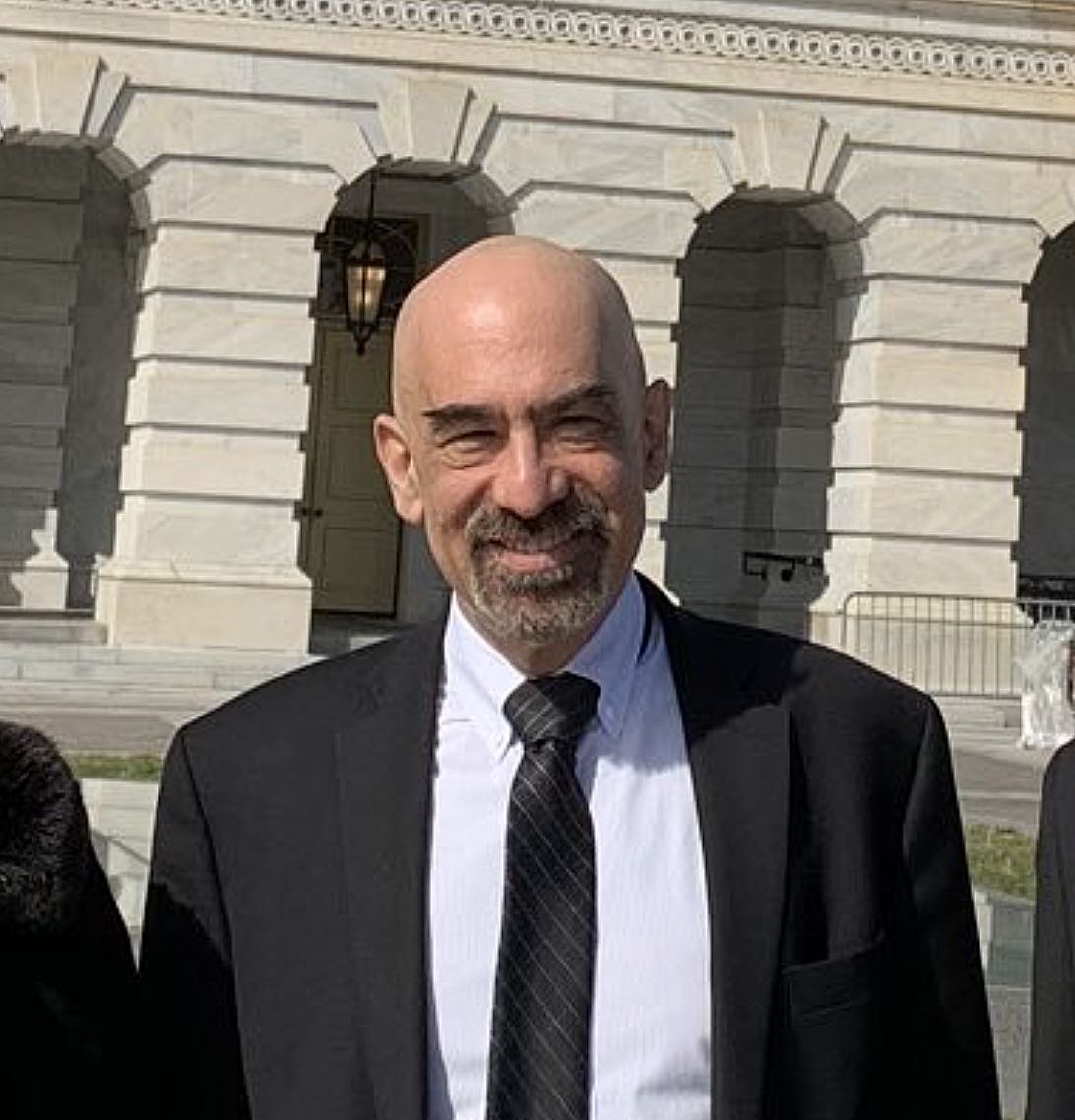

“We need high-quality data,” said Spergel, the independent study’s chairman, who addressed various common anomalies that can arise from the use of equipment that is not properly calibrated for such studies.
“Those kinds of anomalies degrade the quality of the data,” Spergel said.
AARO’s Collection of UAP Reports is Still Growing
During the portion of the NASA briefing devoted to Dr. Sean Kirkpatrick and the ongoing efforts of AARO, Kirkpatrick
Responding to a question from study member Nadia Drake about the number of reports currently in AARO’s collection, Kirkpatrick said “We are now over 800.”
Kirkpatrick added that “less than single-digit percentages of the total dataset” comprised those objects which AARO deems to be “possibly really anomalous,” comprising maybe 2-5 percent of the total numbers collected.
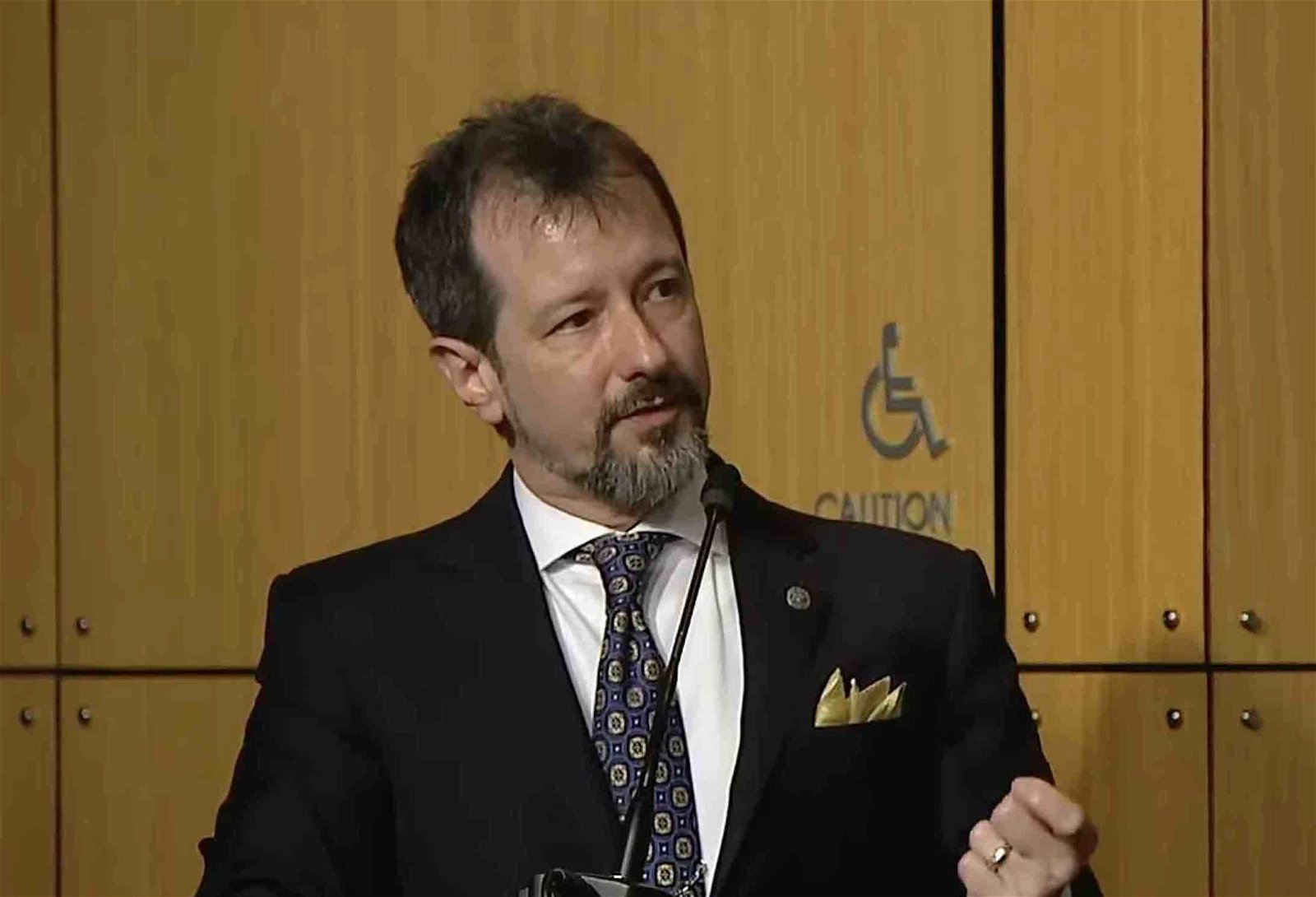

According to Kirkpatrick, the latest reports—numbering close to 100—were obtained from recently acquired Federal Aviation Administration (FAA) data that was provided to his office.
In 2021, The Debrief was first to report that the FAA was actively collecting information on UAP, which it had been providing to AARO’s predecessor agency, the Unidentified Aerial Phenomena Task Force (UAPTF). It is unclear whether this data had been provided directly to AARO, or if Kirkpatrick and his Office had been required to request it from the agency.
Still No Evidence of ET
While the discussion of extraterrestrials came up many times on Wednesday, the NASA study team maintains they have not yet seen anything that can be conclusively said to link UAP sightings with extraterrestrials or their technologies.
Anamaria Berea, associate professor of Computational and Data Science at George Mason University, said that she and the NASA team’s scientists “follow the data. We formulate hypotheses, we test theories, [and] we follow the scientific process.”
“The role of this panel has been to create a roadmap and a framework for how all scientists that are interested in this phenomenon can further study,” Berea said.
When asked about whether any of the data the NASA study team has analyzed could indicate evidence of non-human intelligences, she added that “We cannot make that kind of extraordinary claim for any big subject in science.”
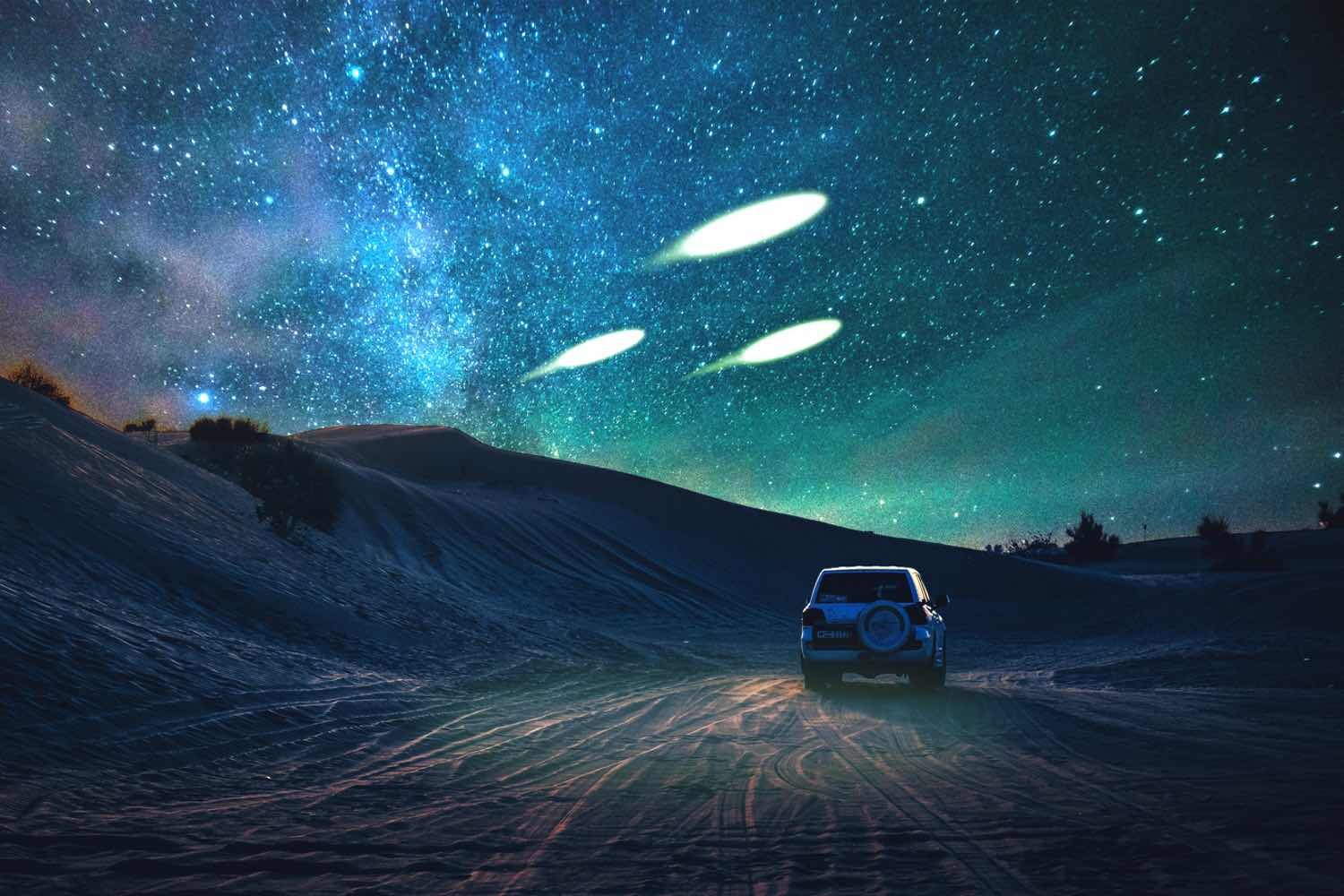

“This question of whether we are alone in the universe is probably one of the largest questions that we’ve had in our history of science [and] in our history of humanity. And it’s not one we can take lightly.”
Although neither the NASA team members nor Dr. Kirkpatrick of AARO or others present said they were ready to say the evidence they had reviewed might point to extraterrestrials, there was still plenty of discussion about the possibility that they might be discovered and could, in fact, be related to UAP.
“Within the scientific community, there is a widespread, but by no means universal belief that there are extraterrestrial civilizations,” said David Grinspoon, Senior Scientist at the Planetary Science Institute.
“The same rationale which supports the idea that ET civilizations may exist and may be detectable also supports the idea that finding extraterrestrial artifacts in our own solar system is at least plausible.”
“NASA is the lead agency for solar system exploration,” Grinspoon said, adding that “most of the solar system has not been searched for artifacts and anomalies.”
“These modest data analysis efforts could potentially be applied to existing and planned planetary missions.”
“If NASA applies the same rigorous methodology toward UAPs that it applies to the study of possible life elsewhere, then we stand to learn something new and interesting.”
“Whatever the ultimate explanation is of those phenomena,” Grinspoon said.
That concludes this week’s installment of The Intelligence Brief. You can read past editions of The Intelligence Brief at our website, or if you found this installment online, don’t forget to subscribe and get future email editions from us here. Also, if you have a tip or other information you’d like to send along directly to me, you can email me at micah [@] thedebrief [dot] org, or Tweet at me @MicahHanks.


Here are the top stories we’re covering right now…
- The U.S. Air Force and MIT Successfully Fly Aircraft Using “Jam-Proof” AI-Enhanced Magnetic Navigation
A collaboration between the Air Force and MIT called MagNav completed the first successful flight of a DOD aircraft using AI-enhanced magnetic navigation as a substitute for GPS.
- Self-Replicating Machines: The Ultimate Recipe for Long-Term Survival?
The dispersal of self-replicating machines throughout the Universe could be the ultimate recipe for long-term survival.
- “Risk of Extinction” From Artificial Intelligence Prompts Concerning New Warning From AI Experts
A new warning about the potential dangers artificial intelligence (AI) may represent for humankind in the years ahead was voiced on Tuesday by leading scientists and tech industry experts.
- A New Study Reveals Surprising Results on the Mind-Altering Power of Binaural Beats
A new study offers promising findings on binaural beats to profoundly affect human brain function and induce states of relaxation.
- Experimental Drug Could Help You Survive a Dirty Bomb or Even a Nuclear War
Researchers funded by the National Institute of Health are beginning human clinical trials on a drug that can help people survive a dirty bomb attack, an accidental ingestion of nuclear material, or even a nuclear war.
- Researchers Discover New Organisms with an Appetite That Could Help Revolutionize Plastic Recycling
Scientists say they have discovered a variety of microbes that can break down plastic at low temperatures.
- Investigation and Tracking of Unidentified Aerial Phenomena Explored in New Publications by Harvard Team
A series of new scientific papers detailing methods of detection and investigation into unidentified aerial phenomena (UAP) has been published by a team of Harvard researchers.
- Could Advanced Civilizations Weaponize Black Holes?
Fortunately for those who favor interstellar peace, there is a major practical hurdle for manufacturing black holes technologically.
- We Can’t Stop Here. This is Emu Country! This week on The Debrief Weekly Report…
On today’s episode, scientists have released a new study concerning LSD’s positive effects on the learning process, Australia’s latest project to develop a laser gun that can stop a tank, and a preliminary study into what happens to consciousness in the human brain during death.
- Volt Typhoon: Chinese Hacking Effort Reveals “Stealthy and Targeted Malicious Activity”
This week, U.S. intelligence officials and industry leaders issued a warning about Volt Typhoon, a new state-sponsored Chinese hacking threat.
- Colm Kelleher: AAWSAP and the Skinwalker Enigma
This week on The Micah Hanks Program, we examine the controversial AAWSAP program with BAASS Deputy Administrator Colm Kelleher, Ph.D.
- Daniel Sheehan Discusses UAP Legislation
Daniel Sheehan, a lawyer specializing in constitutional and public interest matters analyzes the recently passed National Defense Authorization Act legislation.
- Unmasking Deception and Disinformation: New Study Reveals the Challenges of Detecting Manipulation in Group Settings
New research reveals the significant challenges of detecting deception and disinformation in real-world group settings.
